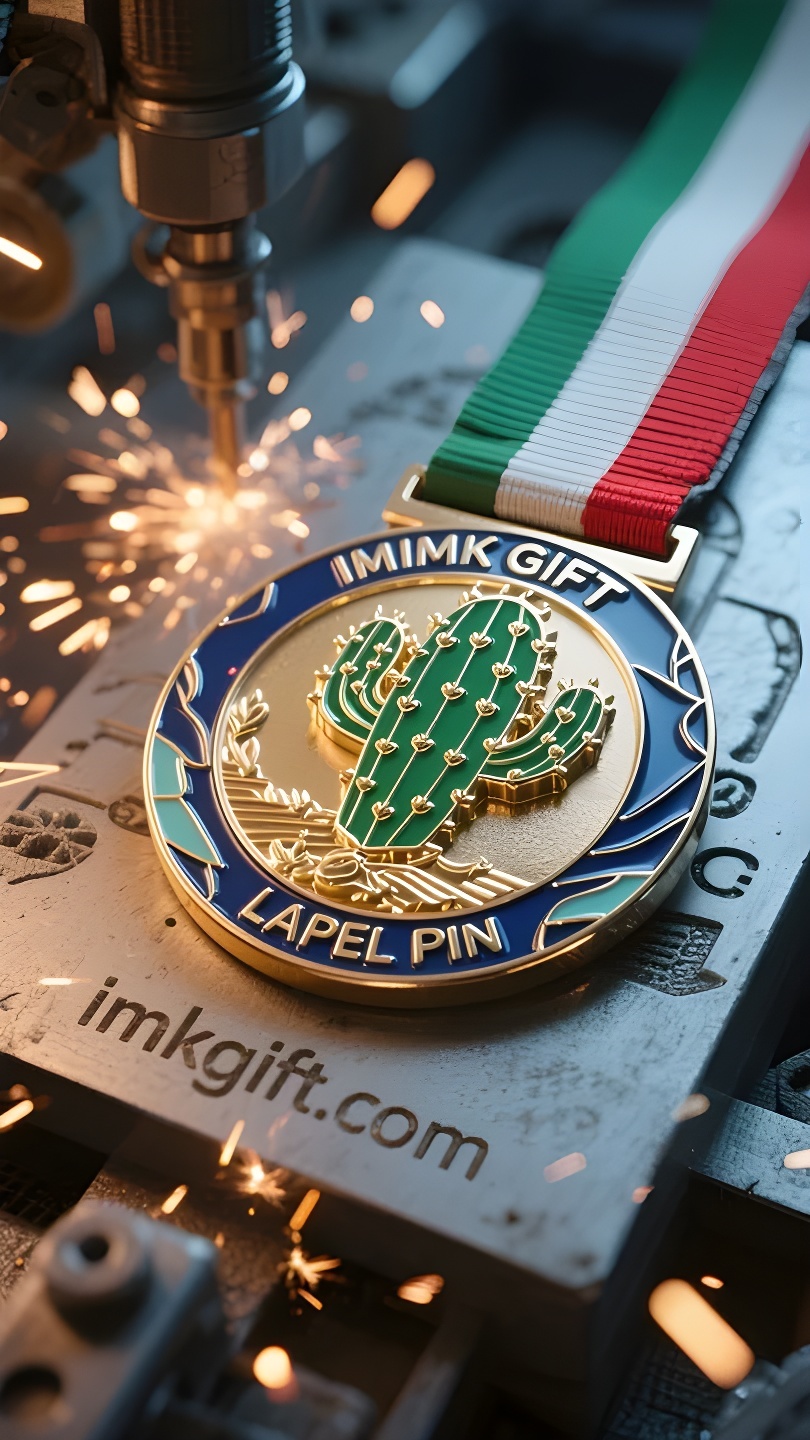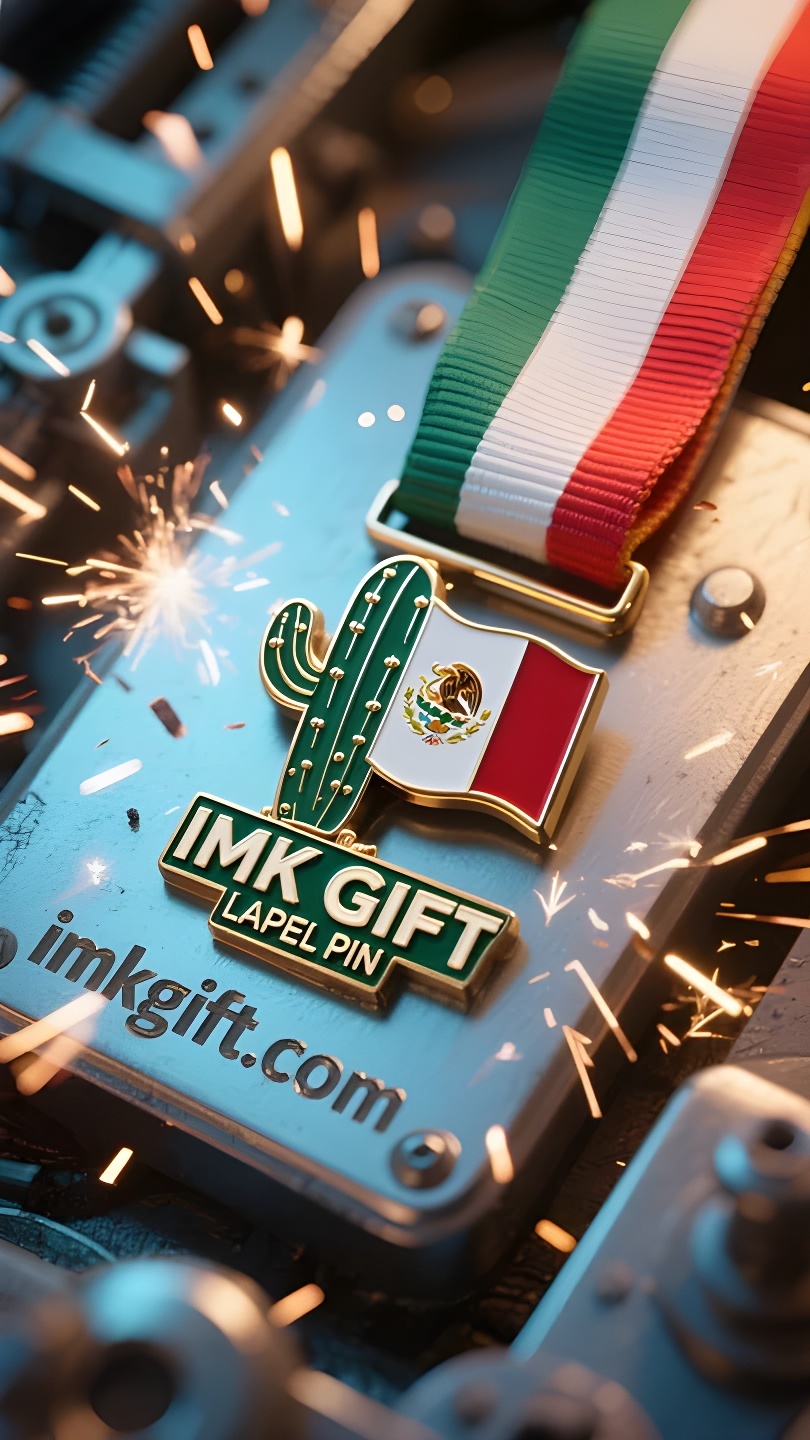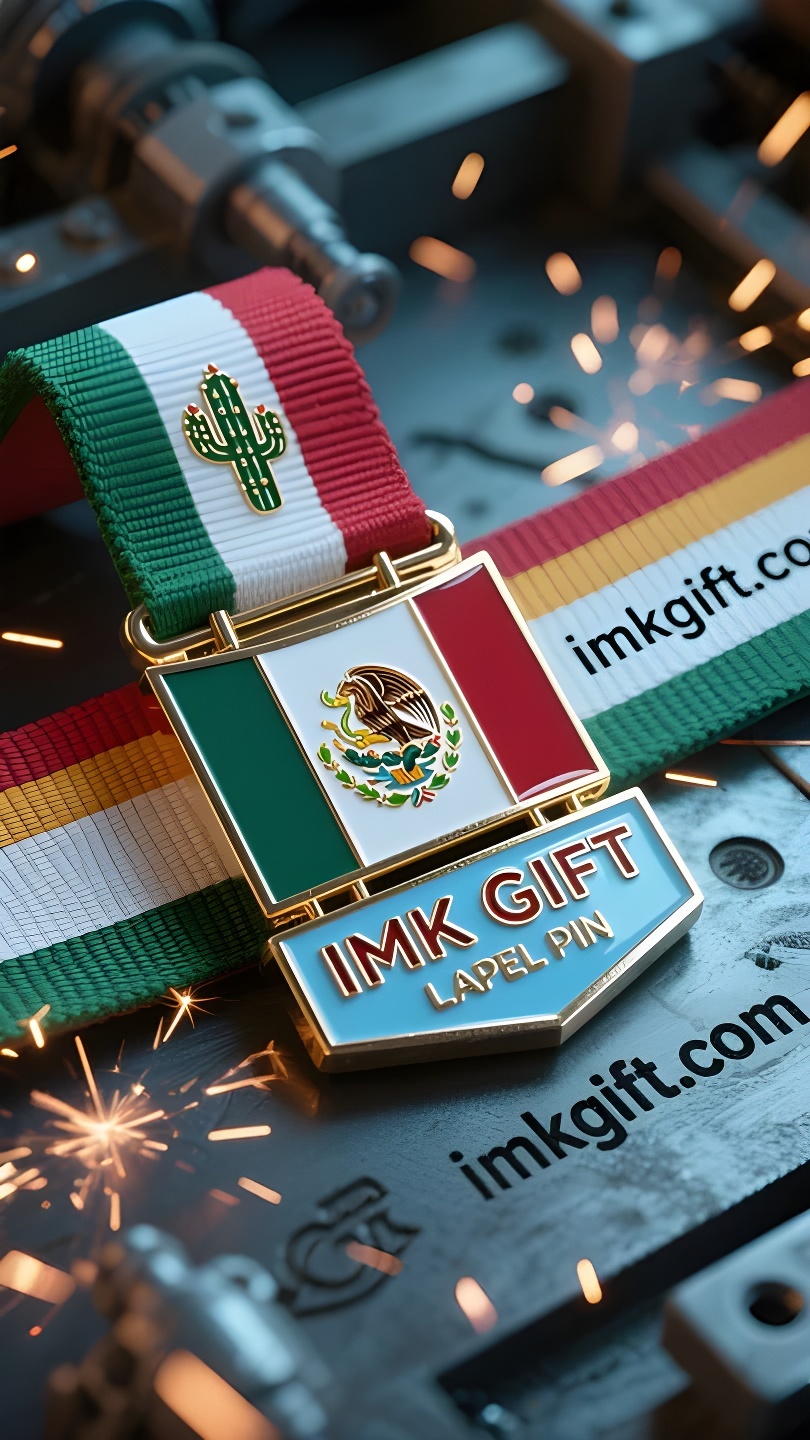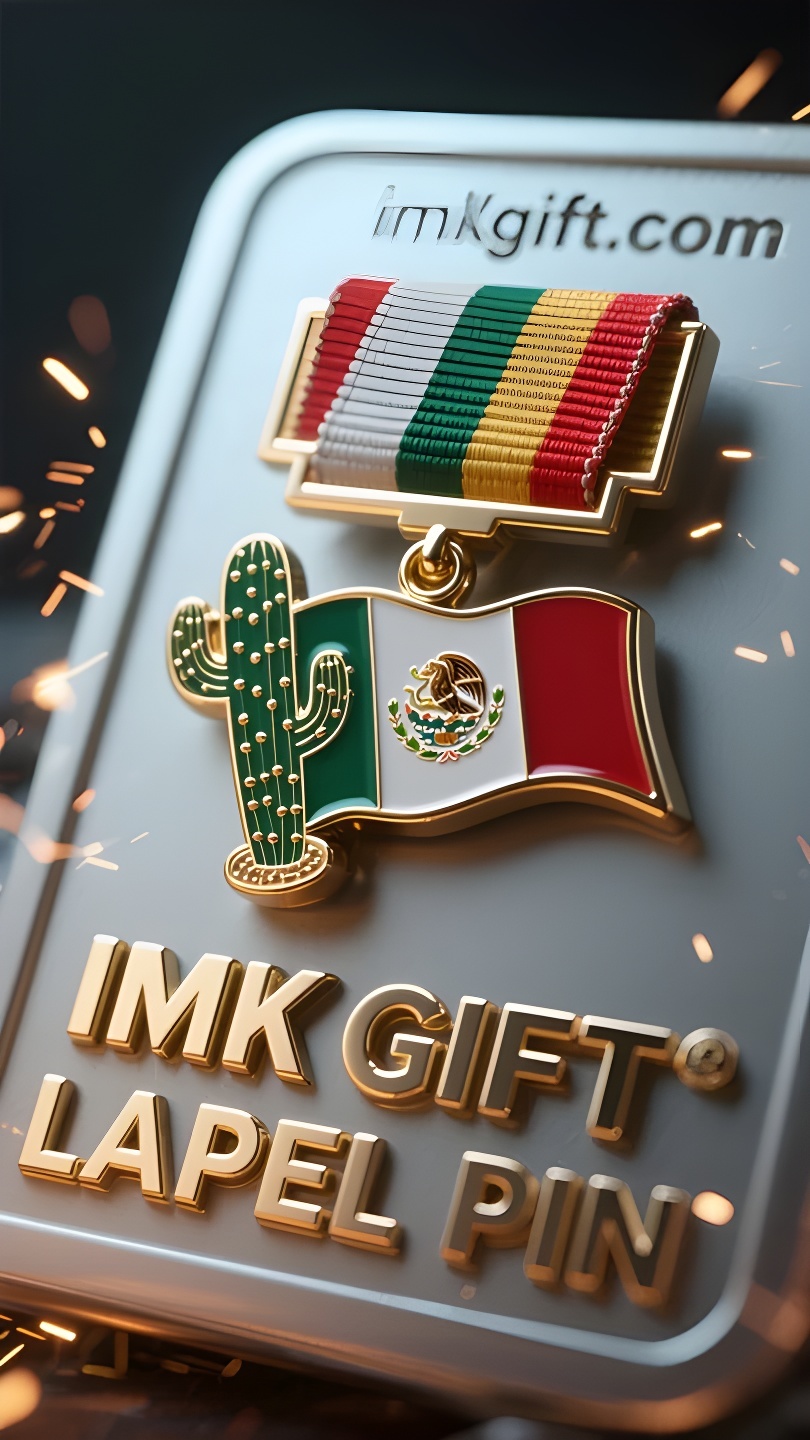in981-Medalla-de-Cactus-Gloria-de-florecer-en-el-páramo
▼
En septiembre en México, los vítores del Día de la Independencia aún persisten, y el cactus que sostiene el águila en la bandera nacional habla del espíritu nacional. Esta tierra, una vez llamada la “Tierra de Piedra y Cactus” por los aztecas, ahora ha convertido la tenacidad en una medalla: la “Medalla Cactus” otorgada por el gobierno mexicano, que utiliza las espinas más afiladas y las flores más suaves de las plantas del desierto para grabar la filosofía de supervivencia de un país. La base de plata de la medalla de cactus está cubierta con patrones de espinas, pero en la parte superior florece una hermosa flor forjada en oro. Esto es igual a la creencia que los mexicanos tenemos grabada en los huesos y en la sangre: el sufrimiento es la base del logro. Cuando los conquistadores españoles destruyeron Tenochtitlán en 1521, nadie pensó que de las ruinas surgiría una nueva Ciudad de México; Cuando los atletas modernos suben al podio luciendo medallas de cactus, la sangre y el sudor derramados en el campo de entrenamiento se convierten en las brillantes escamas de las medallas. El diseño de esta medalla encarna la dialéctica de la vida: las espinas son una armadura contra el sol abrasador en el desierto; Las flores son la terquedad que tarda diez años en florecer. Al igual que el águila extendida sostenida por el cactus de la bandera mexicana, cada persona que porta la medalla está demostrando que la verdadera gloria nunca florece en un invernadero, sino que, después de ser quemada por el sol abrasador y atacada por tormentas de arena, utiliza las cicatrices para regar milagros que trascienden los límites. Cuando las raíces del cactus penetran las rocas, la luz de la medalla perfora el techo del destino.
In September, the cheers of Independence Day in Mexico have not yet faded away. The cactus holding up the eagle on the national flag is telling the national spirit. This land, once called “the land of stone and cactus” by the Aztecs, has now turned its tenacity into a medal – the “Cactus Medal” awarded by the Mexican government, which uses the sharpest thorns and the softest flowers of desert plants to engrave the survival philosophy of a country. The silver base of the cactus medal is covered with thorns, but a gorgeous flower forged in gold blooms at the top. This is just like the belief engraved in the bones and blood of Mexicans: suffering is the background color of achievement. When the Spanish conquerors destroyed Tenochtitlan in 1521, no one thought that a new Mexico City would rise from the ruins; when modern athletes step onto the podium wearing cactus medals, the blood and sweat on the training ground become the shining scales on the medal. The design of this medal hides the dialectic of life: the thorns are the armor to resist the scorching sun in the desert; the flowers are the stubbornness that accumulates for ten years before blooming. Just like the eagle with outstretched wings supported by a cactus on the Mexican flag, every medal wearer is proving that true glory never blooms in a greenhouse, but after being burned by the scorching sun and attacked by sandstorms, the scars are used to water miracles beyond the limit. When the roots of the cactus penetrate the rocks, the light of the medal pierces the ceiling of fate.
九月的墨西哥,独立日的欢呼尚未远去,国旗上那株托起雄鹰的仙人掌正诉说着民族精神。这片曾被阿兹特克人称为”石与仙人掌之地”的国土,如今将坚韧化作勋章——墨西哥政府颁发的”仙人掌奖章”,用沙漠植物最锋利的刺与最柔软的花,刻写着一个国家的生存哲学。
仙人掌奖章的银质底座布满荆棘纹路,却在顶端绽放出黄金锻造的艳丽花朵。这恰如墨西哥人刻在骨血里的信念:苦难是成就的底色。1521年西班牙征服者摧毁特诺奇蒂特兰城时,没人想到废墟中会崛起新的墨西哥城;当现代运动员佩戴着仙人掌奖牌登上领奖台,那些训练场上的血汗都成为勋章上的闪光鳞片。
这枚勋章的设计深藏生命辩证:刺,是抵御荒漠烈日的铠甲;花,是积蓄十年才盛放的倔强。正如墨西哥国旗中仙人掌托起的展翅雄鹰,每个佩戴勋章者都在证明——真正的荣耀从不在温室绽放,而是在烈日灼烧、沙暴侵袭后,用伤痕浇灌出超越极限的奇迹。当仙人掌的根系穿透岩石,勋章的光芒便刺破命运的天花板。
▼
Contact Us
📞 Tel: +0086-760-85286839
📧 Email: sales3@imkgift.com








